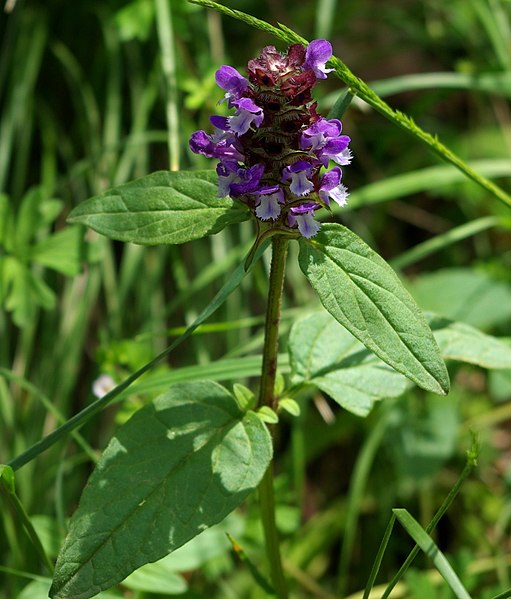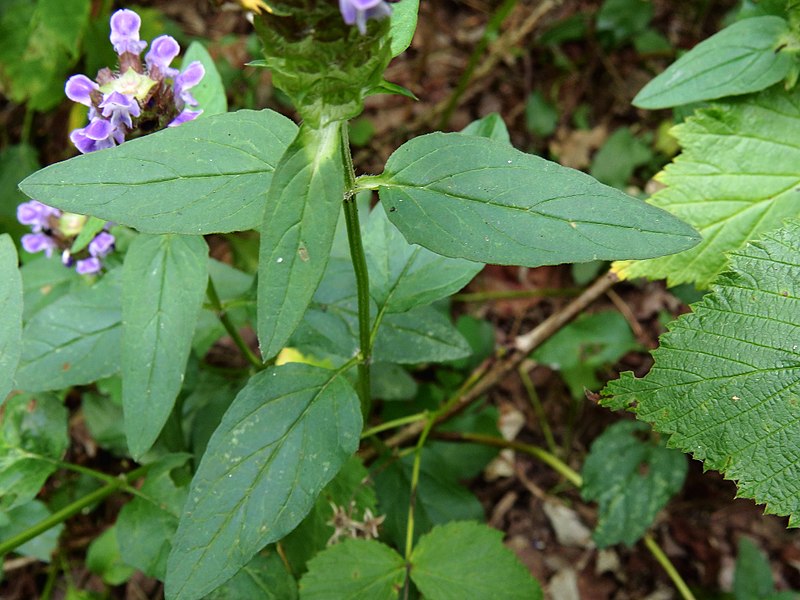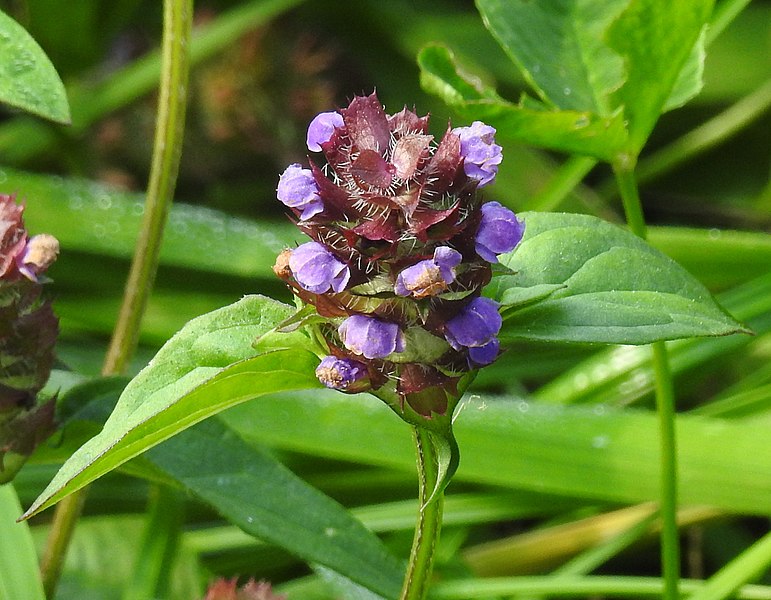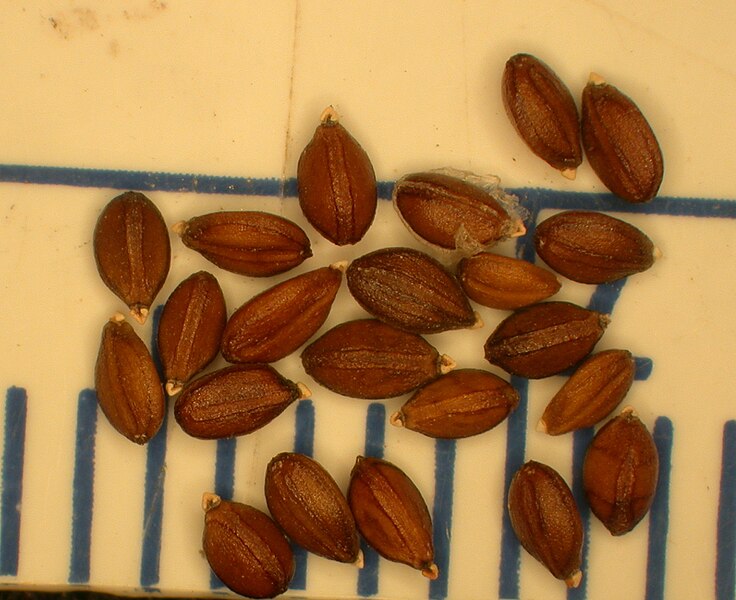Self Heal Identification – Prunella vulgaris
Heads up
The Self-heal has the scientific name Prunella vulgaris. It’s also commonly known as Heal-all. You might guess from its names that historically, it was believed to have healing properties. Self-heal is part of the Lamiaceae family, or the Mint family. To make it simpler, think of it as a distant cousin of mint plants.
The Self-heal isn’t just another pretty plant. It plays a pivotal role in supporting local wildlife. Its vibrant flowers attract bumblebees and butterflies, helping in the pollination process.
Self heal: Key Parts in Photos




Where to find it
You might wonder where you can spot this plant. Self-heal is a versatile grower. It thrives in fields and along roadsides, making it a common sight for those who love to take nature walks. It’s even found its way into gardens as a beautiful accent plant. Being a perennial, Self-heal sticks around year after year. Originating from the Northern Hemisphere, it has adapted itself to a wide range of soils and conditions.
How to identify Self Heal
Let’s start with its general look. Standing up to 12 inches tall, the Self-heal doesn’t tower over its surroundings, but it does catch the eye. It can be best identified by its elongated cluster of flowers. This cluster, in botanical terms called a “spike”, has small purple to blue flowers that give the plant its distinctive appearance.
The flowers are tubular. Their shape is a bit irregular, and the top part of each flower can range from blue to purple. The bottom part is split into three sections. The two sides are a light blue, while the center looks like a fringed pocket.
At the base of these flowers, there’s something called a calyx. The calyx is bell-shaped, and its color can be anywhere from green to purple.
As for the leaves, they’re a treat for the eyes as well. They are simple and can be up to 2 inches long. Their shape can vary from a lance shape to an egg shape. If you were to feel them, you’d notice they’re mostly smooth but might have a few tiny hairs. They’re arranged in pairs, opposite each other on the plant’s stem. And speaking of the stem, it’s a square shape, branching out.
